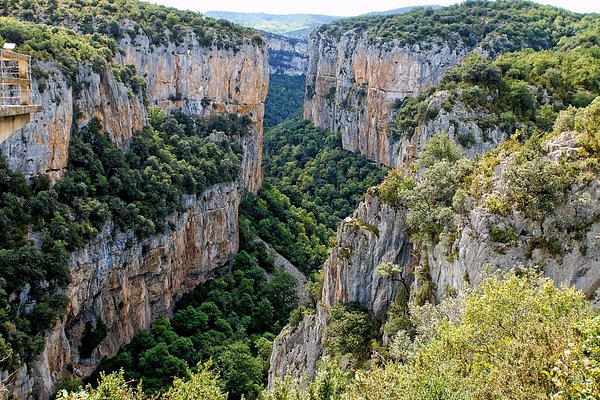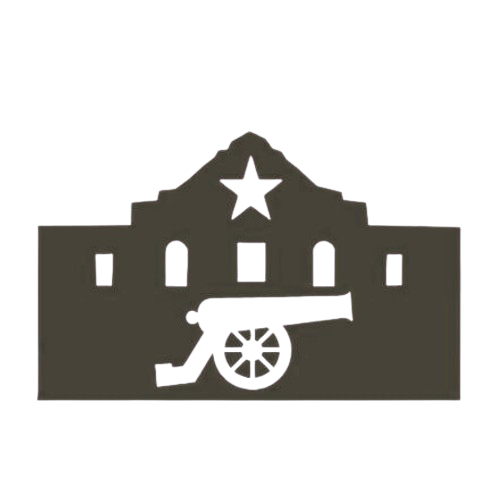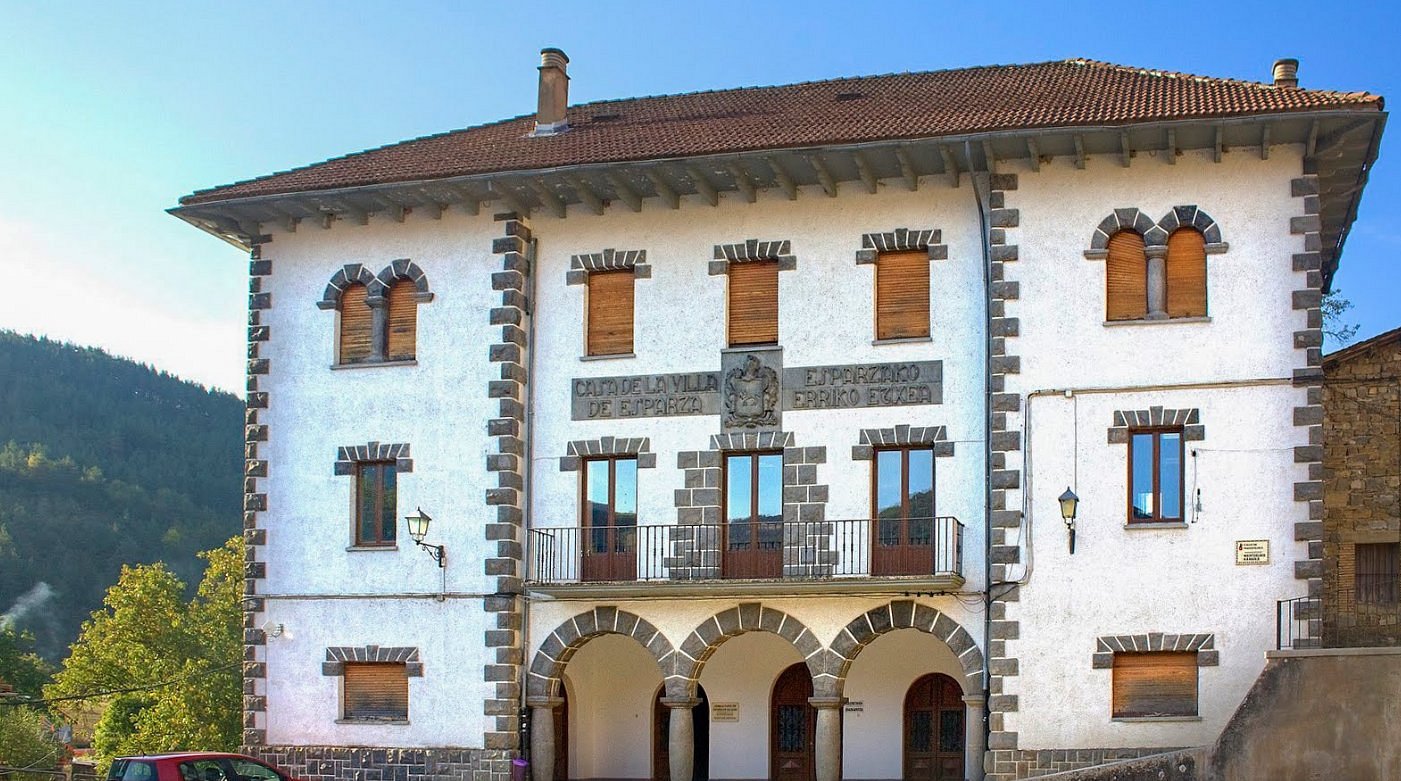
Martín Ruíz de Esparza y de Vici
Lord of the Esparza and Zariquiegui palaces
Born: 1480 Iruña, Nafarroa, Spain (now Pamplona, Spain)
Death: 1540 Pamplona, Navarre, Spain
About Martín Ruíz de Esparza
Martín Ruíz de Esparza y Huici was a merchant, trader, rancher, and the lord of the ancestral palaces (cabos de armería) of Esparza (in the valley of Galar) and Zariquiegui. He was a resident of Pamplona.
(References: Government of Navarra – Archives and Heritage:
http://www.navarra.es/home_es/Temas/Turismo+ocio+y+cultura/Archivos…)
Where does the lineage of the Esparza of Galar come from?
“The Ruiz de Esparza family—who were sometimes simply called Esparza—were the owners of the palace of Esparza in the valley of Galar since ancient times, although they almost always resided in Pamplona, on Pellejerías Street (now Jarauta), near the Palace of the Constable.The Palace of Esparza in Galar was not a grand building, but what mattered was its title as a Cabo de Armería (head of armory), which granted its owners the rights and privileges of the noble class. For a time, the property even belonged to Juan de Jaso, the father of Saint Francis Xavier, who later donated it again to his nephew Martín Ruiz de Esparza. Eventually, it passed into the hands of the Echeberz family.
Were there any notable figures in this lineage?
“The Esparzas of Esparza de Galar were merchants by profession—a trade that allowed them to move among the nobility for a time, before falling into complete ruin at the beginning of the 17th century.”
(Interview with Juan J. Recalde, author of Esparza: Notes on Genealogy, History, and Ethnography, quoted by Juan Martínez de la Colina, February 13, 2017. Source: Government of Navarra archives.)
Pamplona in the 15th Century: A Bastion of Nobility, Faith, and Tradition During the 15th century, Pamplona, capital of the Kingdom of Navarre, stood as one of the last independent Christian realms of the Iberian Peninsula. Long before its eventual incorporation into Spain in 1512, Pamplona was a thriving center of Basque nobility, Christian orthodoxy, and agrarian wealth—a place where faith, land, and lineage defined social order.
Its population was composed largely of hidalgos (untitled nobles) who prided themselves on limpieza de sangre—purity of Christian blood untainted by Moorish or Jewish ancestry. These families, such as the Salazar, Oñate, Esparza, and Eguíno houses, formed the backbone of Navarrese society, tracing their descent to medieval knights who had defended the Pyrenean passes during the Reconquista.
Economically, Pamplona and its surrounding valleys (notably Galar, Esteribar, and Egüés) prospered through ranching, wool production, and horse breeding. The fertile plains supported vast ganaderías—herds of cattle and sheep—that became both an economic foundation and a symbol of noble prestige. The management and display of these herds, particularly bulls, gave rise to centuries-old traditions that later evolved into the famed bull runs (encierros) and fiestas of San Fermín, preserving the pastoral culture of the Basque highlands.
Spiritually, 15th-century Pamplona was marked by deep Catholic devotion and chivalric values. Its cathedrals and monasteries served as guardians of the old faith, while its nobles financed pilgrim routes along the Camino de Santiago, strengthening its role as a crossroads of European piety and Basque identity.
By the century’s end, Pamplona represented the heart of “old Christian” Basque civilization—a city where the noble bloodlines of Navarre maintained their ancestral rights, estates (casas solares), and warrior traditions. From this environment of honor, faith, and pastoral wealth arose families like the Ruiz de Esparza, whose descendants would later carry their heritage across the Atlantic to New Spain.
Kingdom of Navarre’s martial heritage
The Kingdom of Pamplona, which was officially renamed Navarre in the 12th century, had a strong military from its inception.
Early conflicts: In its early history, the kingdom was often at war with Muslim forces to the south and rival Christian kingdoms like Aragon.
Vasco heritage: Early Navarrese knights, who were Vascones (Basques), fought off both Frankish and Moorish invaders to maintain their independence in the 9th century.
A strong army: By the late Middle Ages, Navarre was so renowned for its military prowess that its monarchs used it to pad out their French armies. Navarrese mercenaries were popular across the continent.
Knights of the Reconquista and the Crusades
The Reconquista was not just a religious crusade but also a matter of political expansion, which drew foreign knights to the Iberian Peninsula.
Military orders: The Knights Hospitaller and Knights Templar, two of the most well-known military orders, fought in Spain during this era. Spanish military orders were also formed.
The Camino de Santiago: As a key stop on the Way of Saint James, Pamplona welcomed a steady flow of travelers, including pilgrims and knights. Military religious orders emerged to protect these pilgrims from bandits along the route.
Alleged Templar connection: A 12th-century Romanesque church outside Pamplona, Santa María de Eunate, is said to have ties to the Knights Templar, though there is no definitive proof.


Leave a Reply